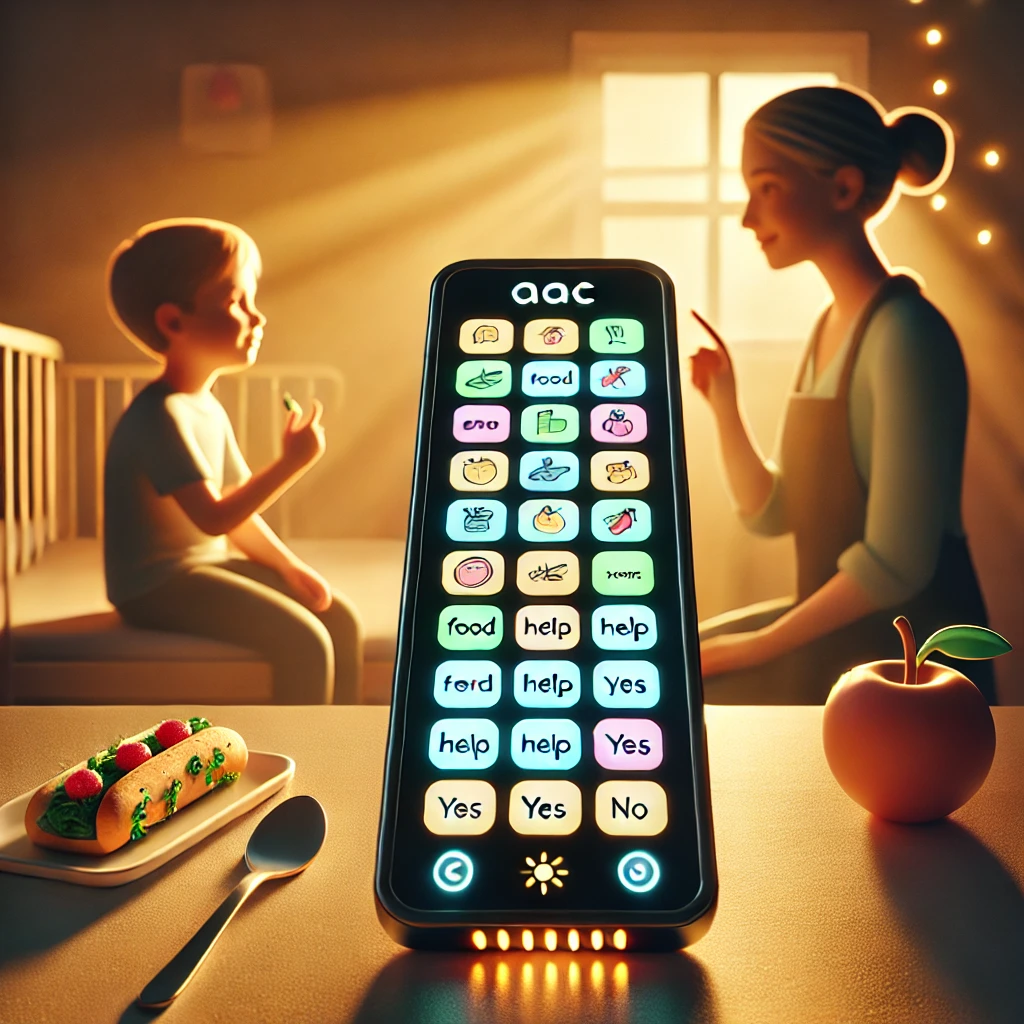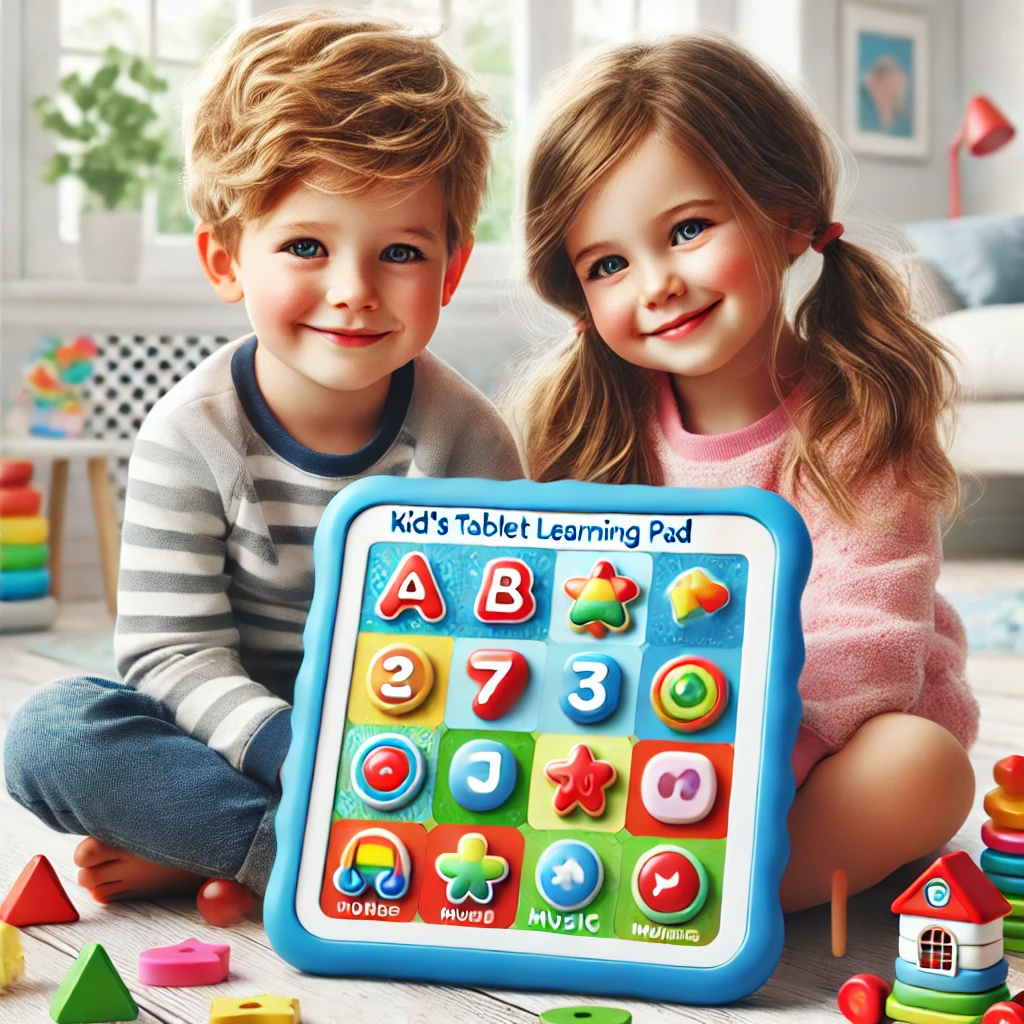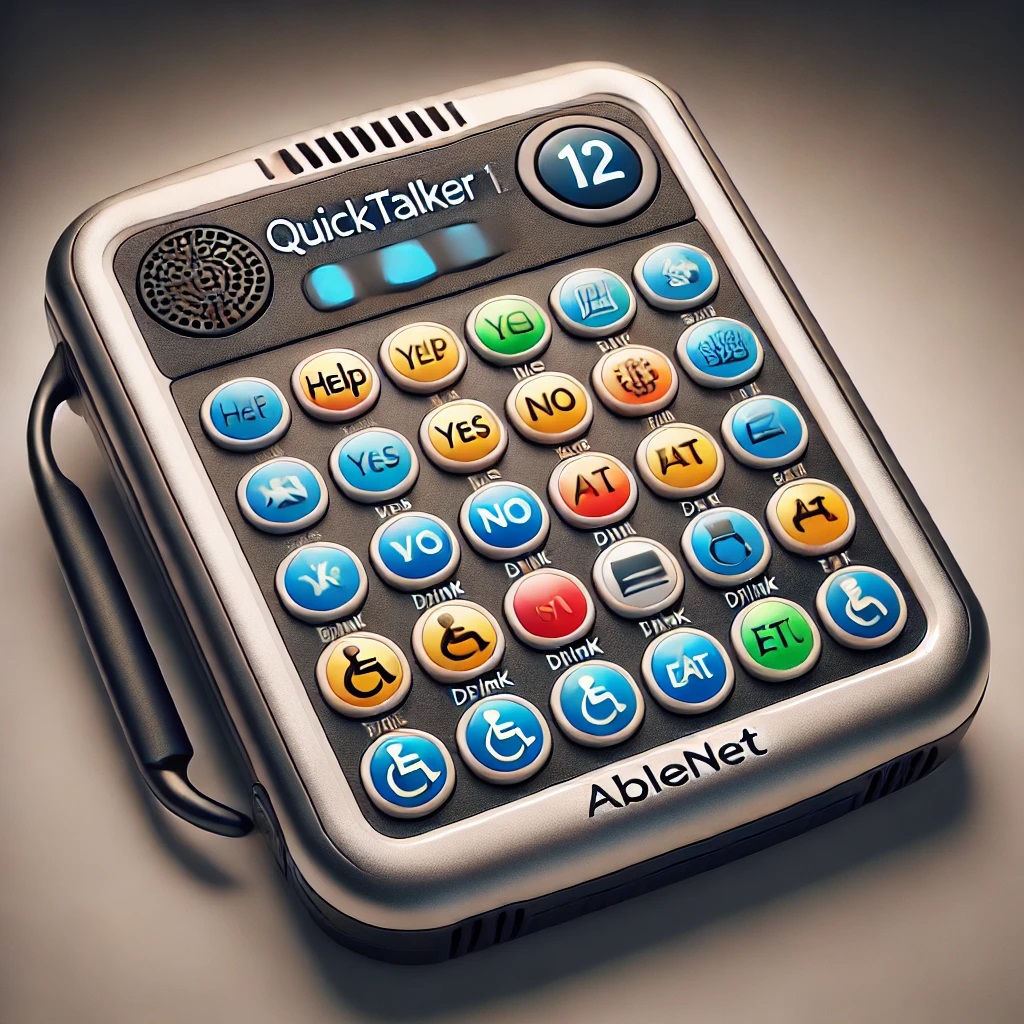The Magic of Assistive Technology: A Special Education Game-Changer

In the world of special education, finding the right tools can be as crucial as the lesson plan itself. But when it comes to assistive technology, it’s not just a tool—it’s a game-changer. 🛠️✨
In this article, we’ll explore :
👌🏼What is Assistive Technology?
👌🏼Why Assistive Technology Is a Game-Changer
👌🏼 Example of Assistive Technology: Text-to-Speech Software
👌🏼 Tips for Implementing TTS in the Classroom
👌🏼The Impact of Assistive Technology in Special Education
👌🏼 Success Stories: Real-Life Impacts of Assistive Technology
👌🏼FAQs
Hey there! Just a quick heads-up: Some of the links on this site are affiliate links. This means that if you click on a link and make a purchase, I might earn a small commission at no extra cost to you. It’s one of the ways I keep the lights on and continue to bring you valuable content. I only recommend products and services that I genuinely believe in and think will be useful to you. If you have any questions about the products or how this works, feel free to reach out by clicking here. Thanks for supporting the site!
🎯 What Is Assistive Technology?
Assistive technology (AT) refers to any device or software designed to support individuals with disabilities. In the special education realm, these tools help bridge gaps in communication, learning, and everyday activities. Imagine giving a student a superpower that helps them thrive in the classroom. That’s what AT does. 🚀
🚀 Why Assistive Technology Is a Game-Changer
Let’s cut to the chase. AT isn’t just a gadget; it’s the key to unlocking potential. Here’s why:
- Empowerment: It turns challenges into triumphs.
- Independence: Students can tackle tasks on their own.
- Engagement: Makes learning interactive and fun.
📚 Example of Assistive Technology: Text-to-Speech Software
Let’s zoom in on one standout example: text-to-speech (TTS) software. This tool reads digital text aloud, helping students with reading difficulties. Think of it as a virtual reading buddy. 📖👂
🎨 How TTS Software Transforms Learning
- Improves Reading Comprehension: Students follow along with text while listening.
- Boosts Confidence: No more stumbling over words.
- Personalized Learning: Adjusts to each student’s pace and needs.
🛠️ Key Features of TTS Software
| Feature | Description |
|---|---|
| Voice Options | Multiple voices to choose from. |
| Speed Control | Adjust reading speed for comfort. |
| Text Highlighting | Syncs text with speech for better tracking. |
| Customizable Fonts | Allows changes in font size and style. |
🔍 Popular Text-to-Speech Tools
NaturalReader: Converts any written text into spoken words.
Kurzweil 3000: A robust tool with various reading and writing support.
Balabolka: Free software with customizable options.
💡 Tips for Implementing TTS in the Classroom
- Start Small: Introduce TTS with short passages.
- Encourage Practice: Let students use it for their reading assignments.
- Integrate with Other Tools: Combine with digital textbooks and interactive lessons.
📈 The Impact of Assistive Technology in Special Education
📊 Benefits Breakdown
| Benefit | Description |
|---|---|
| Enhanced Learning | Students grasp concepts better. |
| Greater Participation | More students engage actively. |
| Improved Outcomes | Better academic performance and confidence. |
🌟 Success Stories: Real-Life Impacts of Assistive Technology
🏆 Case Study 1: Sarah’s Reading Revolution
Sarah, a bright and enthusiastic third grader, faced significant challenges with reading due to dyslexia. Traditional reading methods left her feeling frustrated and defeated. That was until her teacher introduced her to text-to-speech (TTS) software.
📚 How It Started
Sarah’s school implemented TTS as part of their strategy to support students with learning disabilities. At first, Sarah was hesitant. The idea of using technology seemed overwhelming. But her teacher patiently guided her through the process, explaining how the software would read text aloud and highlight words as they were spoken.
🧩 The Turning Point
With the TTS software, Sarah could listen to her reading assignments while following along with the text. The clear, natural-sounding voice of the software made it easier for her to understand complex words and sentences. Sarah started to see improvement in her reading comprehension and began to enjoy reading more. Her confidence soared as she no longer felt embarrassed about her reading difficulties.
📈 The Results
Over a six-month period, Sarah’s reading skills improved dramatically. Her comprehension scores increased by 50%, and her overall enthusiasm for reading grew. Sarah’s success story was not just about academic improvement but also about gaining confidence and a love for learning. Her teacher observed that Sarah participated more in class discussions and volunteered to read aloud, something she had previously avoided.
🏆 Case Study 2: Jake’s Journey to Focus
Jake, a fifth grader with ADHD, struggled with focus and organization during reading and writing tasks. Traditional methods often left him feeling overwhelmed and frustrated. Jake’s school decided to introduce assistive technology, including text-to-speech software, to address these challenges.
📚 How It Started
Jake was introduced to TTS software as part of a broader intervention plan. His teacher showed him how to use the tool to read his textbooks and writing assignments. Initially, Jake was skeptical about the technology. However, he quickly noticed how the software helped him stay engaged with the material by breaking it down into manageable chunks.
🧩 The Turning Point
The TTS software’s ability to adjust reading speed and highlight text in real-time allowed Jake to process information at his own pace. This was particularly helpful for him during complex subjects where he would otherwise lose focus. Jake also used the software to assist with writing assignments by dictating his thoughts and having them transcribed, which reduced his stress and allowed him to express his ideas more clearly.
📈 The Results
Jake’s academic performance saw a significant improvement. His focus during reading and writing tasks increased, and his frustration levels decreased. His teacher reported that Jake became more engaged in class activities and demonstrated better organizational skills. The TTS software, combined with other strategies, helped Jake achieve higher grades and improved his overall school experience.
🎉 Why These Success Stories Matter
Sarah and Jake’s stories illustrate the transformative power of assistive technology in special education. These tools not only address specific learning challenges but also foster greater confidence and participation. Their success highlights how technology can be tailored to meet individual needs, ultimately paving the way for academic and personal growth.
These stories are proof that with the right tools, every student can overcome obstacles and reach their full potential. So, let’s champion assistive technology and continue to make a difference in the lives of learners everywhere! 🌟🔧
📚 FAQs About Assistive Technology in Special Education
🤔 What types of assistive technology are available?
Answer: Besides text-to-speech, there are speech-to-text tools, audiobooks, communication devices, and specialized software for learning disabilities.
🤔 How does text-to-speech software work?
Answer: TTS software converts written text into spoken words using digital voices. Users can listen to the text read aloud while following along visually.
🤔 Can assistive technology be used with other educational tools?
Answer: Absolutely! AT can complement digital textbooks, interactive whiteboards, and other educational technologies.
🤔 Is assistive technology effective for all students?
Answer: While AT can be highly effective, its success varies based on individual needs and how well it’s integrated into the learning environment.f
Some assistive technology product recommendations
Please click here to see more pictures of product
Please click here to see more pictures of product

Connect effortlessly with the Talker Buddy: an easy-to-use, customizable communication tool that travels with you. Perfect for non-verbal individuals and their caregivers.

Unlock fun learning with our interactive tablet: 7 activities, 4 educational features, and colorful, safe play for preschoolers. Perfect for sparking curiosity and protecting little eyes!

Communicate with ease using the QuickTalker FT 12: a durable, go-anywhere device with 48 unique messages, feather-light activation, and crystal-clear sou
🌟 Final Thoughts
Assistive technology, particularly text-to-speech software, is more than a teaching tool—it’s a bridge to success. It transforms challenges into opportunities, making education accessible and engaging for all students. Whether you’re a teacher, parent, or student, embracing AT can turn potential into achievement. So, let’s champion these tech wonders and make learning a superpower! 🌟🔧
Ready to transform your classroom with assistive technology? Dive in, explore, and watch your students soar! 🚀

